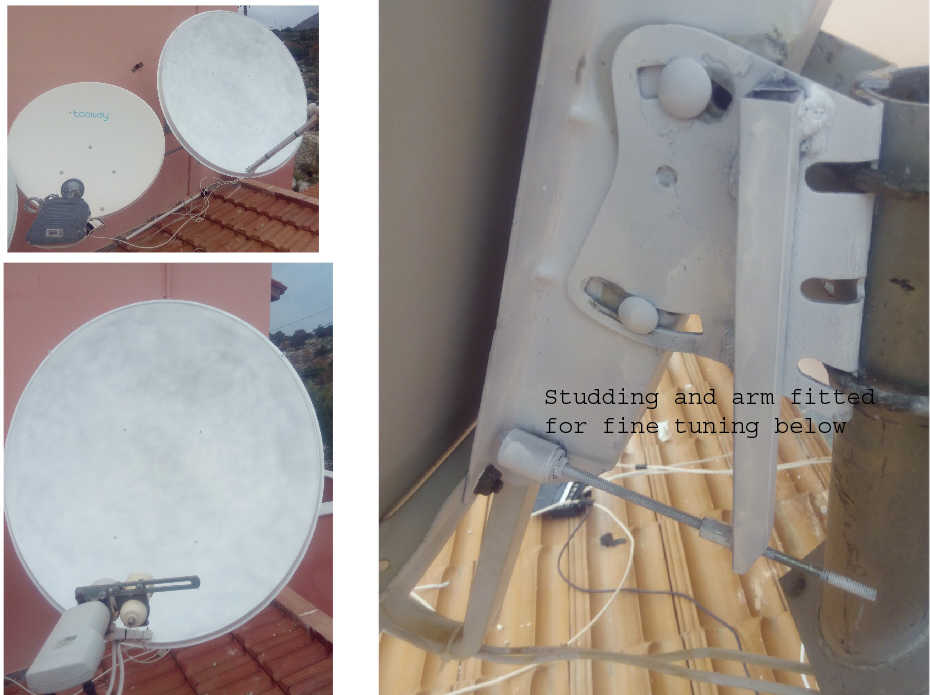Satellite Internet Forum.
Welcome, Guest. Forum rules.To search this site click here > SATSIG search
| Home Login Register |
| Satellite Internet forum › Dish pointing and alignment › Help with setting up a larger dish , using SatLink Ws 6906 |
|
Pages: 1
|
Help with setting up a larger dish , using SatLink Ws 6906(Read 9123 times) |
|
Philipos
Member
★★ Offline Posts: 3 |
Dec 24th, 2015 at 11:56am
|
| Back to top |
« Last Edit: Dec 25th, 2015 at 7:33am by Philipos »
IP Logged
|
|
Admin1
YaBB Admin
★★★★★ Offline Posts: 1252 |
Reply #1 - Dec 25th, 2015 at 12:05pm
|
| Back to top |
« Last Edit: Dec 26th, 2015 at 9:46am by Admin1 »
IP Logged
|
|
Philipos
Member
★★ Offline Posts: 3 |
Reply #2 - Dec 26th, 2015 at 9:54am
|
| Back to top |
IP Logged
|
|
Admin1
YaBB Admin
★★★★★ Offline Posts: 1252 |
Reply #3 - Dec 26th, 2015 at 3:08pm
|
| Back to top |
IP Logged
|
|
Philipos
Member
★★ Offline Posts: 3 |
Reply #4 - Dec 27th, 2015 at 12:32pm
|
| Back to top |
IP Logged
|
|
Admin1
YaBB Admin
★★★★★ Offline Posts: 1252 |
Reply #5 - Dec 27th, 2015 at 2:19pm
|
| Back to top |
IP Logged
|
|
Pages: 1
|
Email me: eric@satsig.net
Powered by YaBB 2.5.2!
YaBB Forum Software © 2000-. All Rights Reserved.
Disclaimer, Terms of Use and Privacy Forum User Agreement Forum rules Cookie policy.





